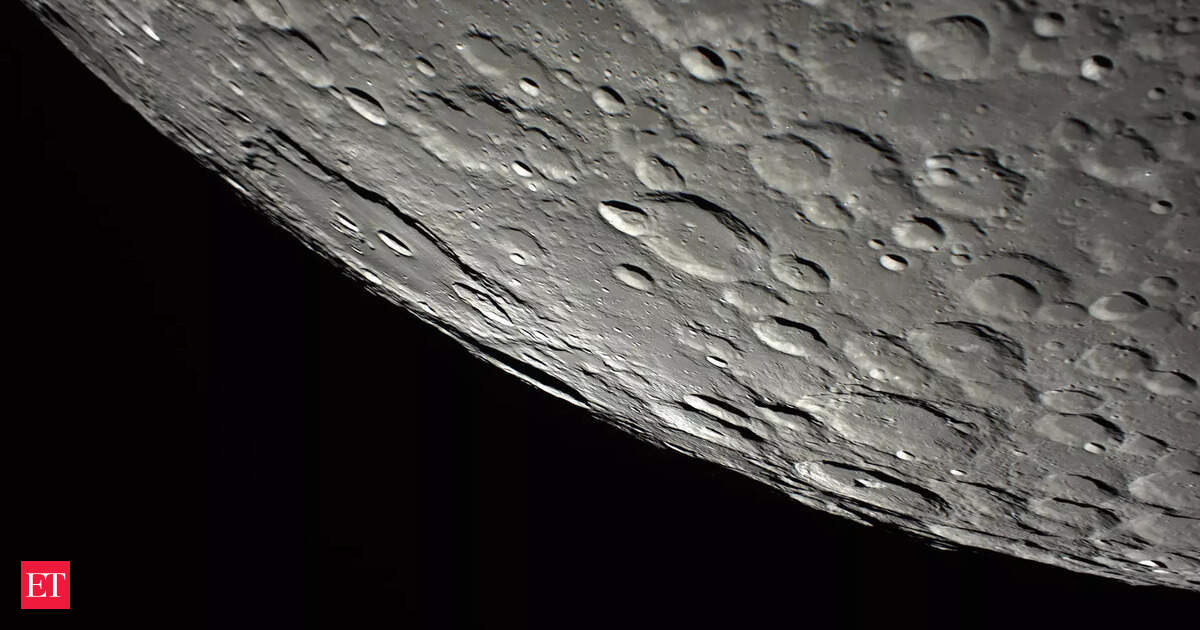Lu Wang from the Chinese University of Hong Kong, Shenzhen, called the results “magical” and said the one-step process could make future Moon missions more efficient and less expensive.
Sending water to the Moon is incredibly costly. According to the study, it costs around US$83,000 (about A$126,000) to ship just one gallon of water into space. Each astronaut needs about four gallons per day. That makes long-term Moon missions hard to sustain.
The new technology will solve this problem by using the Moon’s own soil and sunlight to produce essential resources.
How it will work?
The scientists created a system that uses sunlight to heat lunar soil and release water. This water is then used to break down CO₂, the gas astronauts exhale, into carbon monoxide and hydrogen. These gases can then be used to make fuel and oxygen.This process uses a technique called photothermal catalysis, which turns sunlight into heat to drive chemical reactions.
Challenges
While the lab results are promising, real-world use on the Moon will be much harder. The Moon’s surface experiences extreme temperatures, strong radiation, and low gravity, which could affect how well the system works outside the lab.
Also, lunar soil is not the same everywhere, and the amount of CO₂ that astronauts produce may not be enough to meet all needs for fuel and oxygen.
The researchers say more work is needed to improve the technology’s performance and to make it practical for space missions.
Toward a Lunar base?
For years, space agencies have talked about building a base on the Moon to support missions deeper into space. This breakthrough could bring that goal one step closer. But before humans can live and work on the Moon, scientists will need to overcome several technical and environmental challenges.


